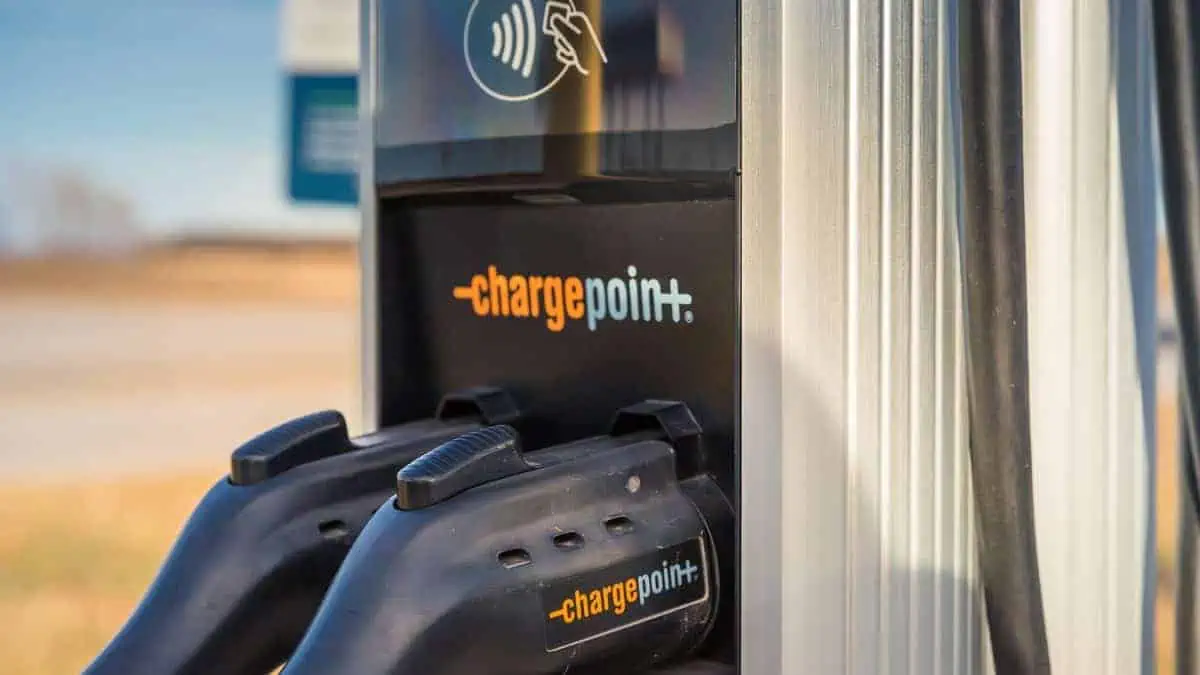As COP26 lets our attention on the need to address CO2 emissions, which car type is the least harmful to the planet when you compare an internal combustion engine (ICE) option with its battery electric vehicle (BEV) equivalent?
It has been noted that electric cars are the best solution for making private transport as green as possible. However, a study by Volvo shows a more complex picture, illustrated by its XC40 range offering a genuine like-for-like comparison with ICE, plug-in hybrid (PHEVs) and all-electric models, all produced on shared foundations and in the same factory, as per Autotrader.
Volvo has taken this opportunity to compare the full lifecycle carbon footprint of each XC40 type from the raw materials and production processes needed to manufacture it, fuelling it and driving it over 200,000 km (or 124,000 miles) of a projected lifespan and then disposal at the end.
70% more emissions than an XC40 with an ICE motor
With C40 and XC40 made on the same platform and sharing many parts, building a C40 results in 70% more emissions than making an XC40 with a regular ICE motor. In material and component terms, the batteries account for almost a third of the footprint of building a C40 or XC40 Recharge.
That means these ‘green’ electric cars actually arrive on the driveway carrying a significant CO2 burden compared with the regular ICE one you could have bought (for a lot less money) instead.
Additionally, the difference comes once actually driving it happens, given every mile in a petrol-powered car burns fuel and adds to its CO2 footprint. In contrast, the opposite is true in the electric equivalent. The ‘break even’ point is where the ICE’s increasing CO2 footprint surpasses that of the EV and continues to grow depending on where you source the electricity to replenish it.
EU-28 (EU and the UK)
According to the average global electricity supply, Volvo has published three different figures: the projected ‘EU-28’ (the EU, plus the UK) balance of regular and renewable sources and fully renewable energy.
Over that 124,000-mile lifespan, the all-electric C40’s carbon footprint is 15% less than a petrol XC40, and the car needs to have covered 68,300 miles before the break-even point.
By the EU-28 measure that improves to almost 30% and 48,000 miles, while if you can charge the C40 purely on renewable energy, its lifetime CO2 footprint is half that of the ICE XC40, and break-even comes at just over 30,000 miles.
Similar study conducted by Mazda
A similar study by Mazda is the Japanese brand’s reasoning for fitting its fully-electric MX-30 with a smaller battery, intending to trim cost and weight while bringing that break-even point forward.
That limits range, but Mazda regarded the compromise makes sense for an urban-focused product like the MX-30. It will, in time, introduce a range-extender version with an onboard generator for those who travel beyond city limits.
So, while it seems that a BEV can have a smaller environmental impact than its ICE equivalent over its lifetime, it is maybe not as simple as ‘electric cars are greener.’ Much of it comes down to what electricity source the car recharges.






